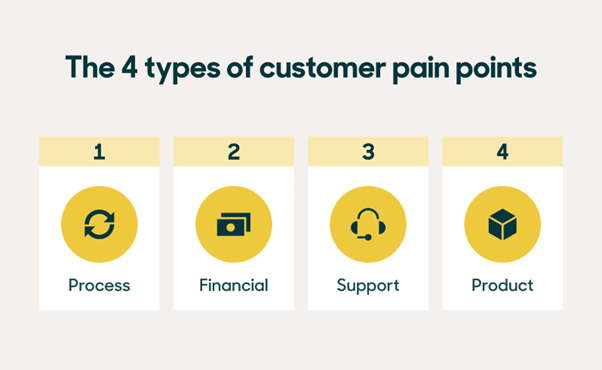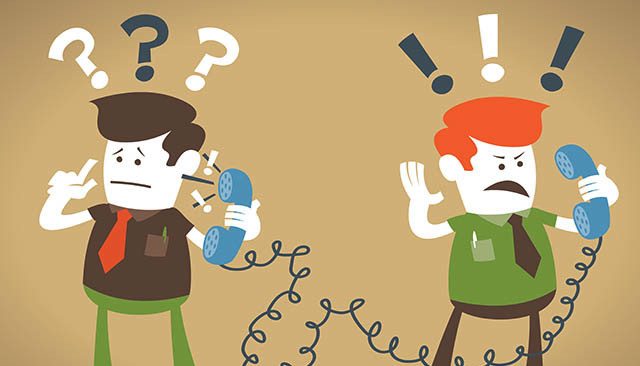Sales coaching is when an experienced Sales Trainer provides guidance and support to sales professionals to help them improve their sales performance and reach their full potential.
It’s a personalised and ongoing process aimed at enhancing sales skills, addressing specific challenges, and achieving personal and team goals.
A well-trained and motivated sales team can make all the difference between success and mediocrity.
One effective way to enhance your sales team’s performance is to engage with the best sales trainers for sales coaching. We’ll explore the significance of sales coaching and how to determine if your sales team could benefit from it.
The Importance of Sales Coaching
Sales coaching is a structured process aimed at improving the overall performance of your sales team. It involves providing guidance, feedback, and support to help sales professionals reach their full potential. Here are some key reasons why at KONA, we believe sales coaching is important:
Skill Development
An effective sales trainer will help to coach your team to acquire and refine essential selling skills, such as:
- Effective communication
- Objection handling
- Negotiation

Performance Improvement
Regular coaching sessions can identify areas where your salespeople are struggling and provide targeted solutions to improve their performance.
Motivation and Engagement
Sales coaching boosts team morale and motivation by showing that the business invests in their growth and success.

Adaptation to Change
The sales world is constantly evolving. Coaching helps salespeople adapt to:
- New technologies
- Market trends
- Changing customer expectations
Consistency
Coaching ensures that all team members adhere to best practices and maintain a consistent approach to selling.
Signs Your Sales Team Needs Coaching
Now that we know the importance of sales coaching, what are some signs that indicate your sales team may benefit from coaching?
Declining Sales Performance
Have your team’s sales numbers been consistently falling? Is your team failing to meet targets? These are a clear indicator that coaching is needed.
High Turnover Rate
Having a high turnover within your sales team could suggest that they are not receiving the support and development opportunities they need to succeed.
Inconsistent Performance
Do some of your team members consistently outperform others?
Coaching can help bridge the performance gap and bring everyone up to a higher standard.
Resistance to Change
Salespeople who resist adopting new strategies, tools, or technology may require coaching to help them embrace change and stay competitive.
Lack of Confidence
If members of your team lack confidence in their abilities, it can significantly impact their sales results.
Coaching can boost their self-assurance.

Difficulty Handling Objections
An inability to effectively handle objections from potential customers can hinder the sales process. Coaching will equip your team with better objection-handling skills.
Ineffective Communication
Poor communication skills can result in misunderstandings and missed opportunities. Coaching can enhance your team’s ability to communicate persuasively and empathetically.
Missed Sales Opportunities
If your team frequently loses deals they should have won, it may indicate the need for coaching to improve their closing techniques.
Implementing Sales Coaching
Once you’ve identified that your sales team needs coaching, it’s crucial to implement a structured coaching program
Assessment: Begin by assessing the strengths and weaknesses of each team member to tailor coaching sessions to their specific needs.
Set Clear Objectives: Define clear coaching objectives and goals to track progress effectively.
Provide Training: Invest in coaching training for managers or bring in external coaches with expertise in sales. All of KONA’s sales trainers have run businesses, led teams, built pipelines and managed accounts. We know that without sales, there is no business.
Regular Feedback: Conducting regular coaching sessions and providing constructive feedback will help your team improve continuously.

Measure Results: Track the impact of coaching on sales performance and adjust the coaching program as needed.
Sales coaching is a powerful tool to enhance your sales team’s skills, motivation, and performance.
The first step is recognising the signs that your team may need coaching, the next step is to engage with a Sales Trainer to implement a structured Sales Coaching program.
Empower your salespeople to achieve their full potential and drive your
business to greater success.
Call 1300 611 288 or Email info@kona.com.au



































































































